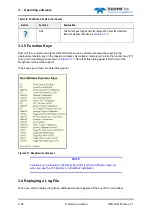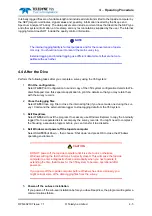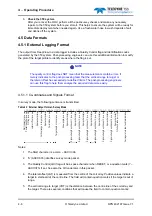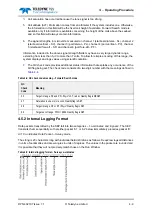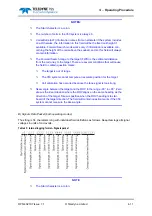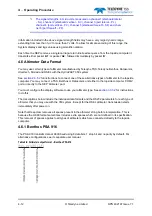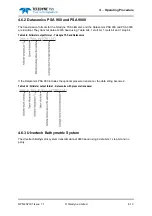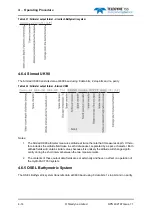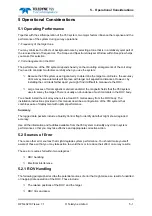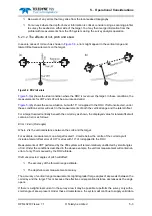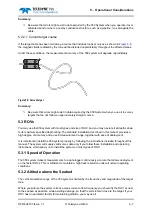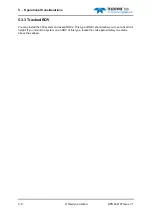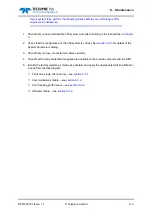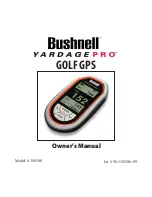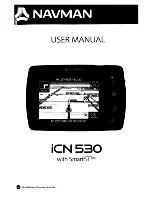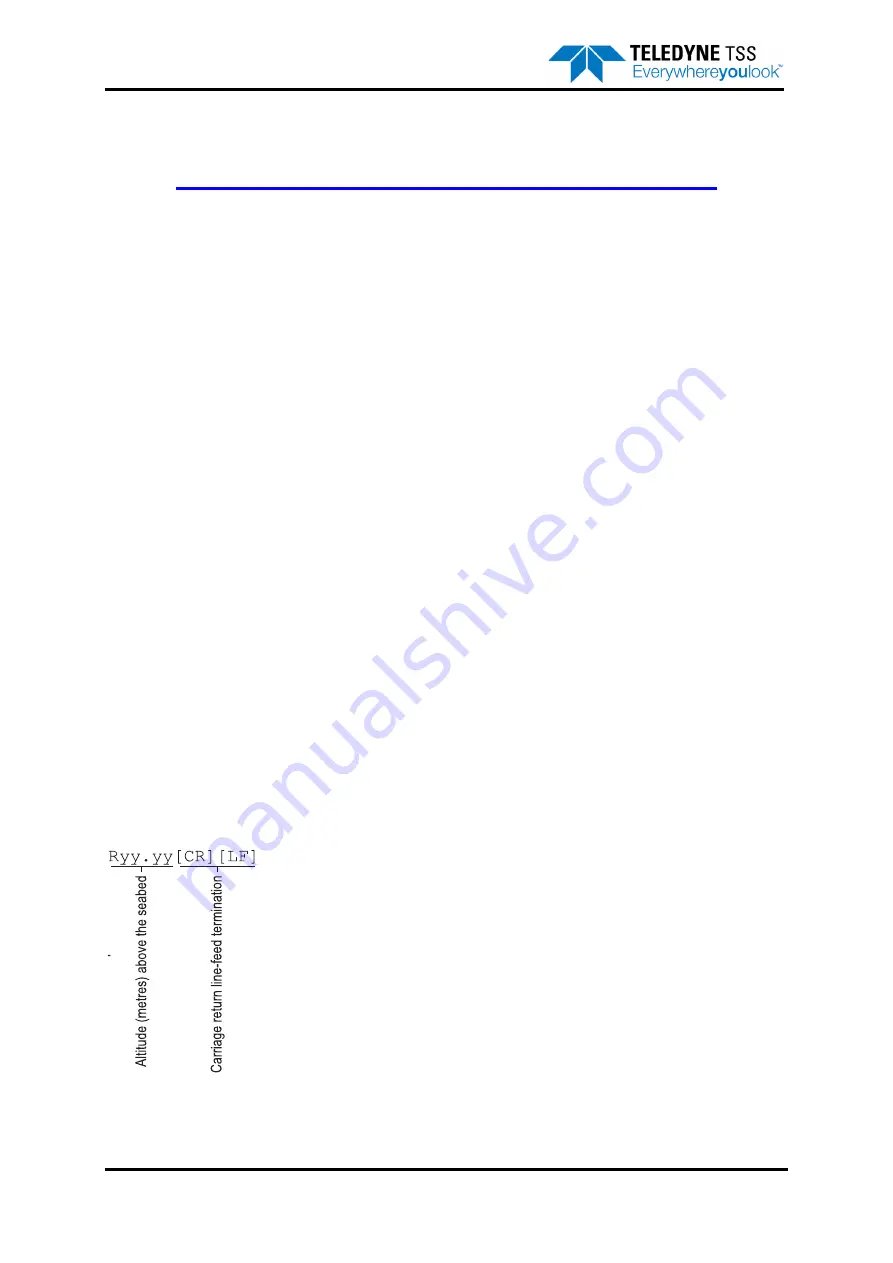
4 – Operating Procedure
4-12
© Teledyne Limited
DPN 402197 Issue 7.1
❐
The signal strengths, in microvolts, measured on channel 1 (starboard lateral
– SL), channel 2 (starboard vertical – SV), channel 3 (port lateral – PL),
channel 4 (port vertical – PV), channel 5 (starboard fore-aft – SF) and chan-
nel 6 (port fore-aft – PF).
Information included in the above signal strength fields may have a very large dynamic range,
extending from less than 1µV to more than 7 volts. To allow for simple encoding of this range, the
System displays and logs values using scientific notation.
Each time the SEP receives a single carriage-return line-feed sequence from the topside computer it
transmits either packet ‘
A1
’ or packet ‘
A2
’, followed immediately by packet ‘
B
’.
4.6 Altimeter Data Format
You may use certain types of altimeter manufactured by Teledyne TSS, Teledyne Benthos, Datasonics,
Ulvertech, Simrad and OSEL with the HydroPACT 350 system.
See
for instructions to connect one of these alternative types of altimeter to the topside
computer. You may connect a TSS, Benthos or Datasonics unit either to the topside computer ‘COM2’
port or directly to the SEP ‘Altimeter’ port.
You must configure the display software to use your altimeter type. See
to do this.
The descriptions below include the individual data formats and the RS232 parameters for each type of
altimeter that you may use with the 350 system. Except for the OSEL altimeter, transmission starts
immediately after power-on.
Note that DeepView removes all spaces present in the altimeter string before interpretation. This is
because the UK90 format sometimes includes extra spaces which are not defined in its specification.
This removal of spaces applies to all types of altimeters which are connected directly to the topside
computer.
4.6.1 Benthos PSA 916
The PSA 916 transmits data at 9600 baud using 8 data bits, 1 stop bit and no parity by default. For
alternative configurations see its separate user manual.
Table 4-8: Altimeter output format – Benthos PSA 916

